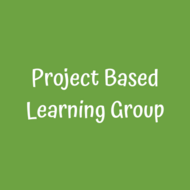(View Complete Item Description)
On behalf of Marcus Caelius in the spring of 56 B.C.E. Roman oratory was a living art. Orators knew that the persuasive power of a speech did not come from the force and clarity of its argument alone. A speaker needed not simply to be heard distinctly, but to project the kind of confident, engaging personality that could win an audience's good will and command its belief.
Material Type:
Activity/Lab,
Demonstration,
Diagram/Illustration,
Interactive,
Lesson,
Lesson Plan,
Presentation,
Primary Source,
Reading,
Simulation,
Vocabulary
Author:
Sander M. Goldberg

















